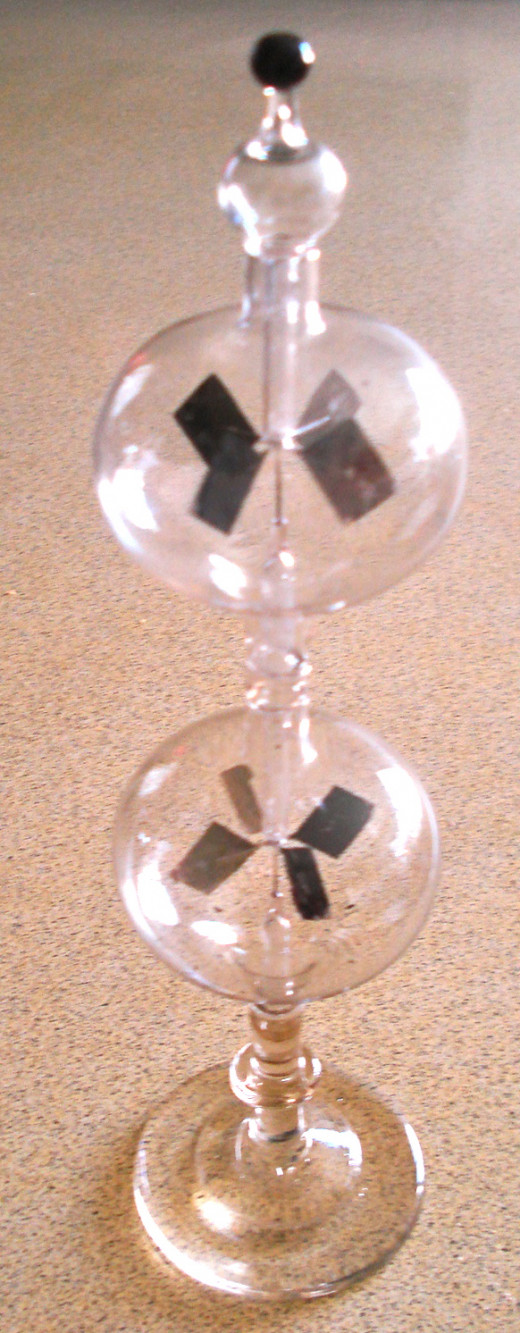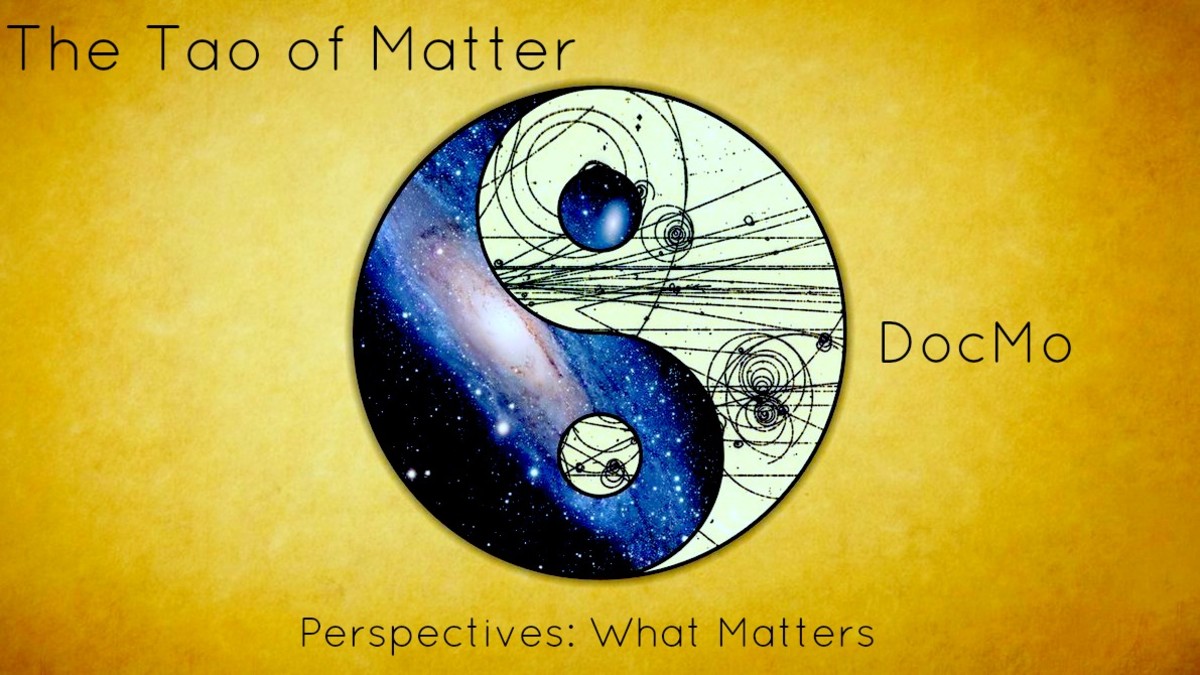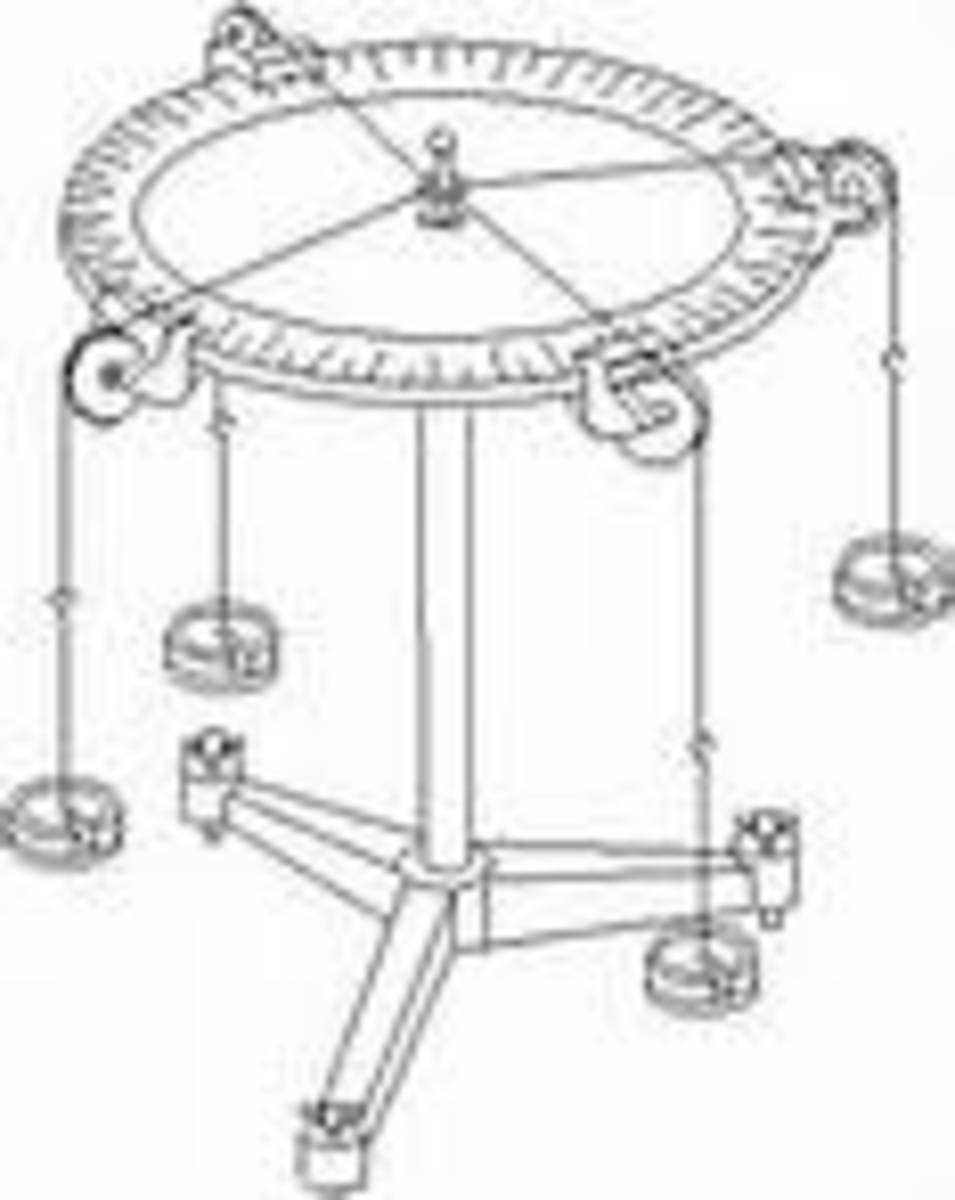Crookes Radiometer
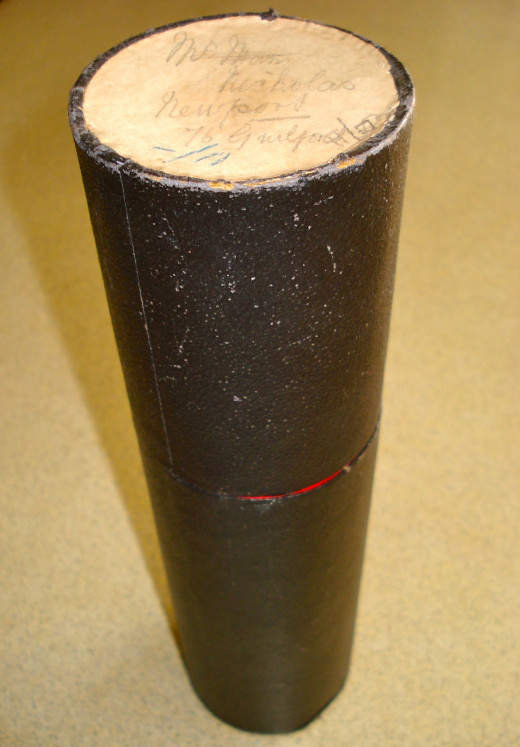
What is it?
Among my grandfather's things I found an interesting black tube. It seemed familiar, as if I had seen it before; perhaps he had shown it to me when I was a small child. I was intrigued. What was it?
On the lid there was an address. He had begun to send it to himself and got as far as 'Mr. Thom' but had then changed the name to one I did not know. More mystery.
I opened the tube and found something made of glass that was obviously quite fragile.
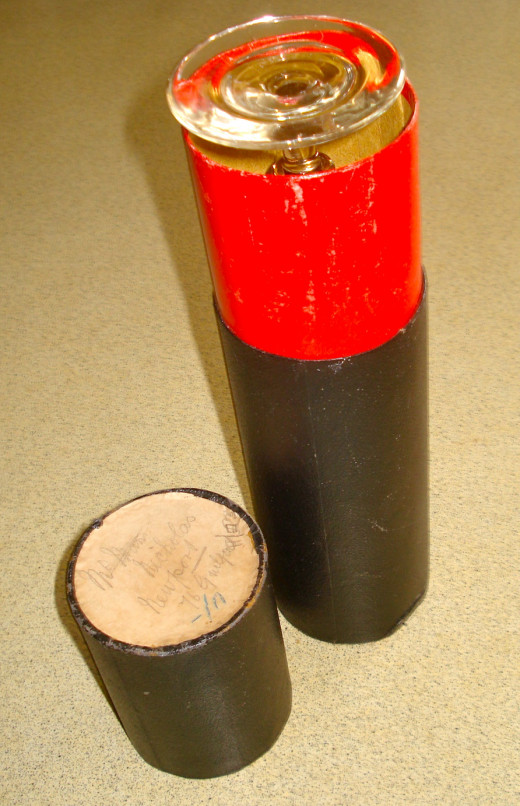
The Mystery Continued
I took it out. Oh, yes! I remembered him showing me this. In a dull light the little metal sails were still, but in the sunlight they began to move. Interesting.
I wondered why he had bought it. Was it a novelty to show friends, or did it have a purpose. I did not know and returned it to its tube and onto the top shelf of the wardrobe. Long ago I showed it to my children; later to my grandchildren.
Recently I needed my printer fixed and there on the counter was a small glass globe that was obviously similar to mine, except that it was shaped more like an electric light globe and it was a single one. Beside it was a card: Crookes Radiometer.
Crookes Radometer
There was quite a bit about it on the web:
- it was referred to as a 'strange apparatus.' I knew that!
- if you shine a light on it, the tiny plates revolve. I knew that, too.
I thought it was probably from the later 1800s, as that was when Grandfather migrated. He married in 1889, so probably bought it before then.
I also thought it would have been forgotten in this age of computers and advanced technology, but no! It remains a novelty.
In 2008 it was featured as 'Le radiomètre de Crookes' at a Fête de la Science in the Village des Sciences at the Université de Nice. Très interessant! So it was connected with the discipline of physics. There was more.
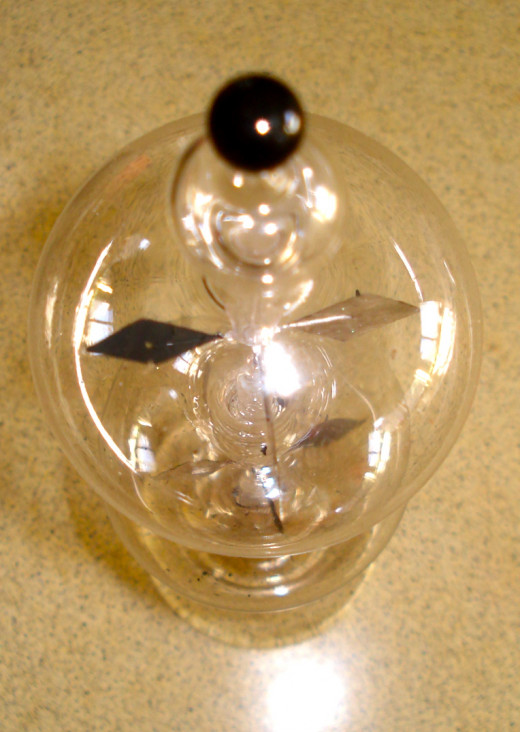
Experimental Science
The following description of a radiometer is taken from a book, 'Experimental Science' by George M. Hopkins published in 1889:
The radiometer is a heat engine of remarkable delicacy as well as great simplicity. It illustrates a class of phenomena discovered by Crookes which are difficult to explain in a brief and popular way. The instrument consists of a very slight spider of aluminium supporting on the end of each of its four arms a very thin mica plate blackened on one side and silvered on the other. The aluminium spider is provided with a jewel, which rests upon a delicate needle point supported at the center of the glass globe. The spider is retained on its pivot by a small tube extending downward from the top of the globe. When placed in sunlight or near a gas or lamp flame, the vanes revolve rapidly. An alum cell interposed between the radiometer and the source of light and heat allows the light to pass, but intercepts the heat rays. Under these conditions the vane will not rotate. An iodine cell, which is opaque to light, when arranged in the same way allows the heat rays to go through, and these cause the rotation of the vane.
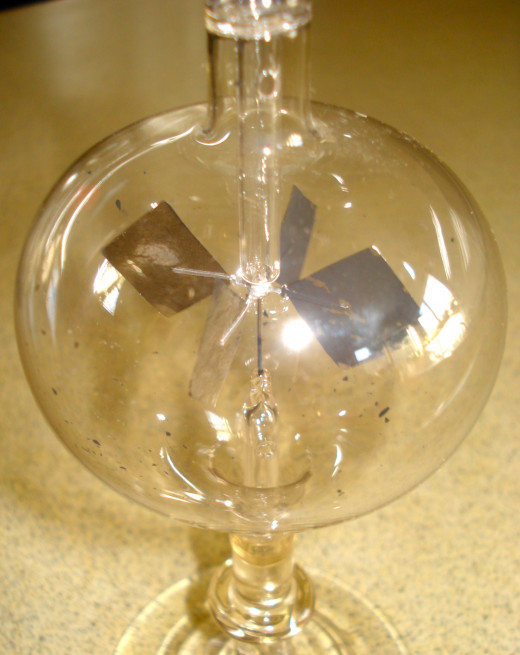
Lamp Black
On looking more closely at my radiometer, I discovered that the vanes were covered with lamp black on one side and over the years some had flaked off; tiny fragments were scattered inside the globe. That the lamp black would have been better than black paint, as it would absorb the light better. However, I don't think that the one at the print shop has lamp black, perhaps it has a non-glossy more modern paint.
According to the 1889 article, the instrument also needs heat to make it work. I tried putting my hands on it, but it did not move, so it needs the light as well.
Did you know about Crookes radiometer?
Sir William Crookes
- The inventor was English physicist Sir William Crookes, 1832-1919. Eldest of sixteen children, he attended the Royal College of Chemistry in London. Later he was meteorologist, lecturer, independent researcher, author of academic papers, was involved in many areas of physics and chemistry and received both public and academic honours. He married and had four children.
- He founded the science journal, Chemical News.
- Discovered the element thallium.
- Was pioneer of vacuum tubes.
- Invented the Crookes tube.
- Invented Crookes radiometer.
- 1895: Identified the first known sample of helium.
- 1897: Was knighted.
- Investigated radioactivity, achieving separation of uranium-X from uranium.
- 1909: Wrote a book on diamonds.
- 1910: Received the Order of Merit.
